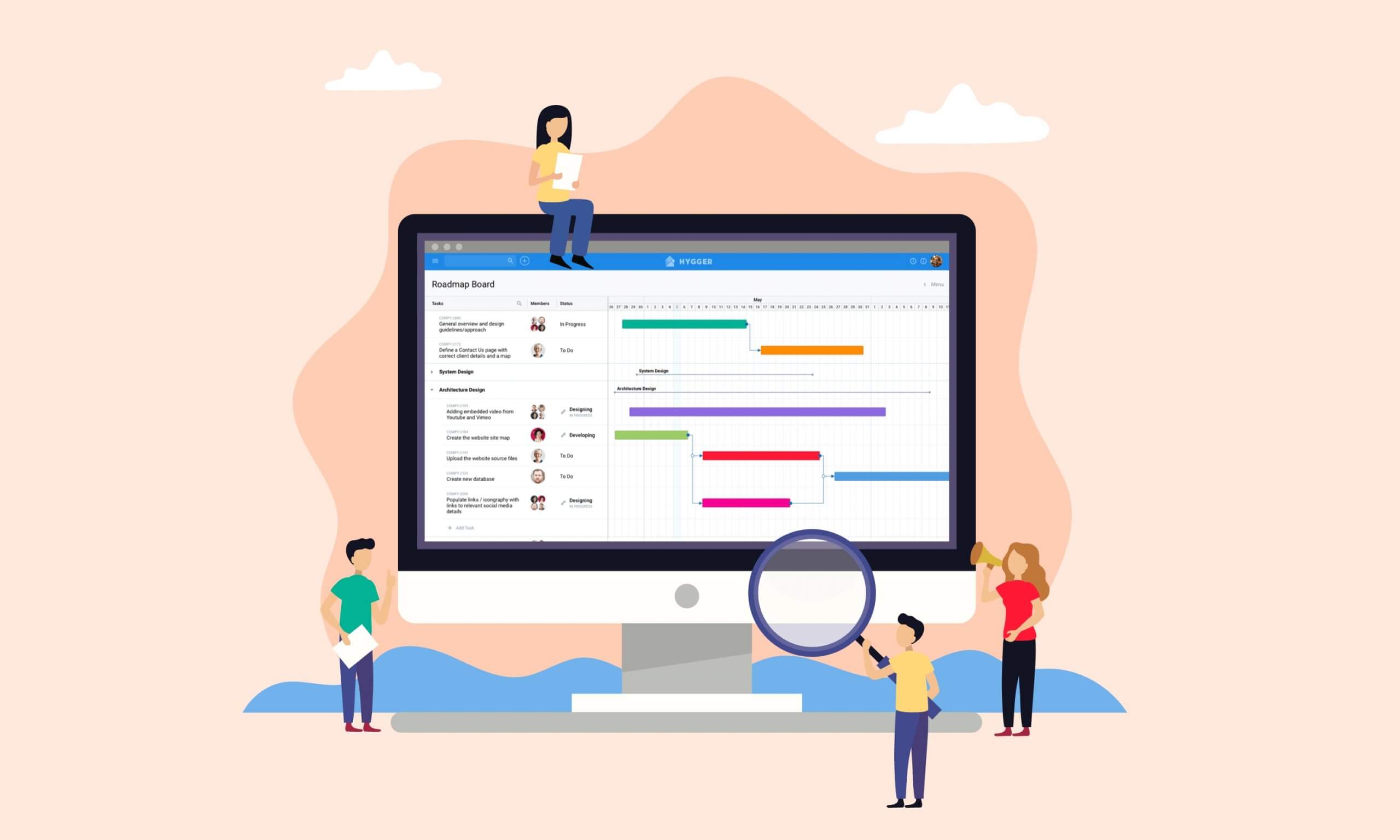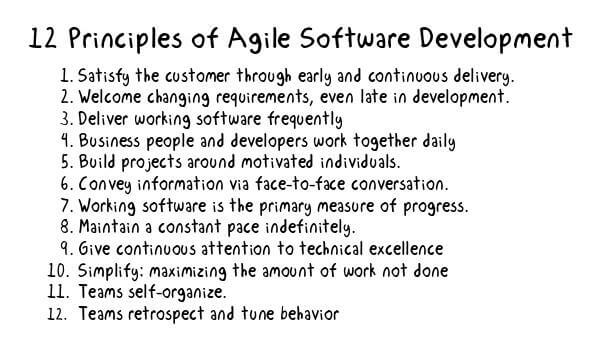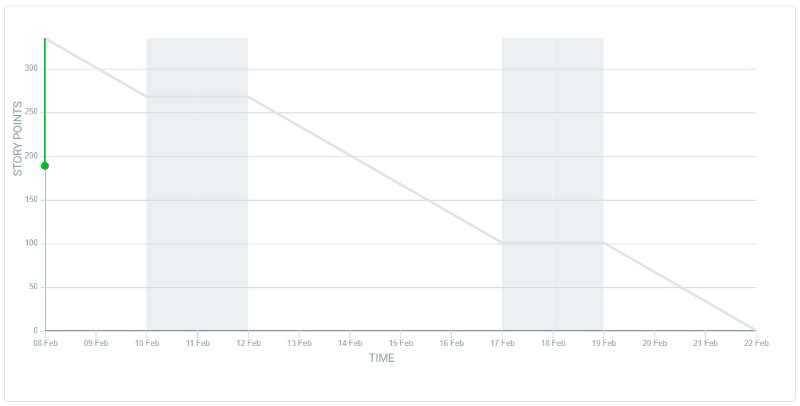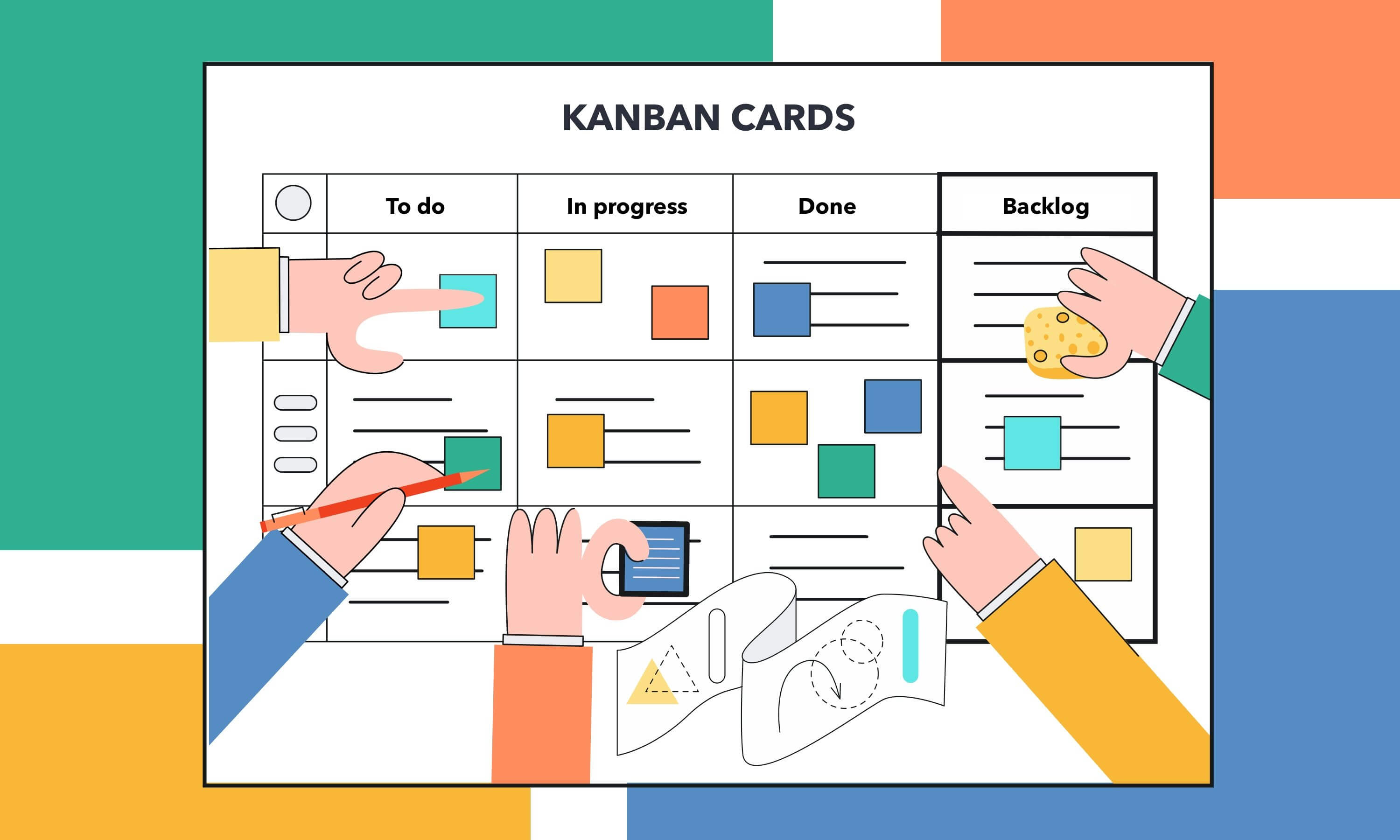Brief Introduction to Agile Development

If trying to find useful texts about Agile, you’ll face dozens of pages with mindful articles and brilliant posts. We’ve written many times about the methodology as well and all the variety of articles, posts and guides can easily get mixed in the head.
This post will be helpful if you need to shortly explain what is Agile development world and what does it mean to have agility. Without extra lyrics. Without useless details.
What is Agile?
They say Agile is the ability to create and respond to changes to succeed in an uncertain environment. And that’s right.
Agile software development is a collection of Agile methodologies that promote adaptive planning, development, improvements, and delivery. It also means a time-boxed period of time to complete work.
The Agile approach encourages rapid and flexible response to changes.
Teams that use Agile are well-equipped to respond to changes throughout the development cycle as adaptability is central to the conceptual framework.
Agile software development promotes a different way of thinking about how to create things and evolve processes to deliver continuous improvement. Here all the decisions are made together as a team.
What is the history of Agile?
As with any framework, methodology or concept, Agile also has its own reach history.
In the 1990’s, several methodologies with a different combination of old and new ideas began to gain public attention and started to be popular.
The methodologies highlighted close collaboration between business stakeholders and developments. They also meant the frequent delivery of business value and self-organizing teams, confirm and deliver code.
As the term, “Agile” was applied to this set of methodologies in 2001. It’s about a famous story of the collaboration of 17 software developers.
They gathered in Utah, USA, to discuss their ideas and different approaches to software development. All their brilliant thoughts were expressed in the famous Agile Manifesto that included 12 principles.
After those gathering, Agile Alliance was formed. It continues to curate resources for helping to adopt Agile practices and improve software development.
Popular Agile methods
The Agile family consists of some methodologies used by practitioners all over the world:
- Scrum
- XP – Extreme programming
- DSDM – Dynamic Systems Development Method
- FDD – Feature-Driven Development
- ASD – Adaptive Software Development
- Crystal
- LSD – Lean Software Development
There is also Kanban that is not considered an Agile development method but is widely used in conjunction with Agile methods.
We’re glad to remind you here about our previous posts where some methodologies are described:
- What’s the Difference Between Scrum and Kanban?
- All We Should Know About Scrum Project Management
- Advantages and disadvantages of Extreme Programming
- List of the Best Agile Practices
- When Not to Use Agile
Tastes differ. And it’s also true when it comes to comparing and choosing which method is best for your team.
You may find friendly Kanban boards with convenient Kanban cards on Hygger.io.
Kanban is a model for introducing change through incremental improvements. According to the method, work is tracked through different workflow states flowing from left to right.
The management criteria introduced by the approach is “Work in Progress (WIP) that defines WIP limits for the various workflow states.
Want to get more about Kanban secrets and how to run Kanban projects? Feel free to dive into the explicit Hygger Kanban tutorial.
Finally, to make the long story short, we’d like to remind some crucial terms used in Agile software development and share some helpful links to read them.
Agile roles
What are the roles in Agile software development? The following video gives a full understanding of them:
Agile core terminology
- A product backlog is a set of desired deliverables. It looks like a list of to-dos for any product. The backlog includes features, requirements, and product bugs. It may also consist of anything else of value that must be done and prioritized as part of delivering.
- A sprint (iteration) backlog represents the team’s work tasks for a planned sprint or iteration. A sprint is a finite time frame that usually spans two weeks to a month. It represents a commitment as to what the team can deliver during that time. All the tasks are broken down into user stories.
- A Burn chart represents the relationship between time and scope. The chart is a common method for tracking progress on an individual sprint or iteration. It’s also used across an Agile project that is planned to take a number of iterations.
Software development projects are becoming more prominent. However, they can not be well suited for traditional project methodologies. In this case, Agile methodology provides the great alternative to traditional methodologies.
Agile offers numerous benefits and limited drawbacks. As more managers and companies make the shift to a digital workplace that is rather dependent on flexibility, increased productivity and speed, Agile will become increasingly necessary.
No doubt, that Agile adoption rates will continue to increase across industries over the world. What do you think about the future of Agile?







